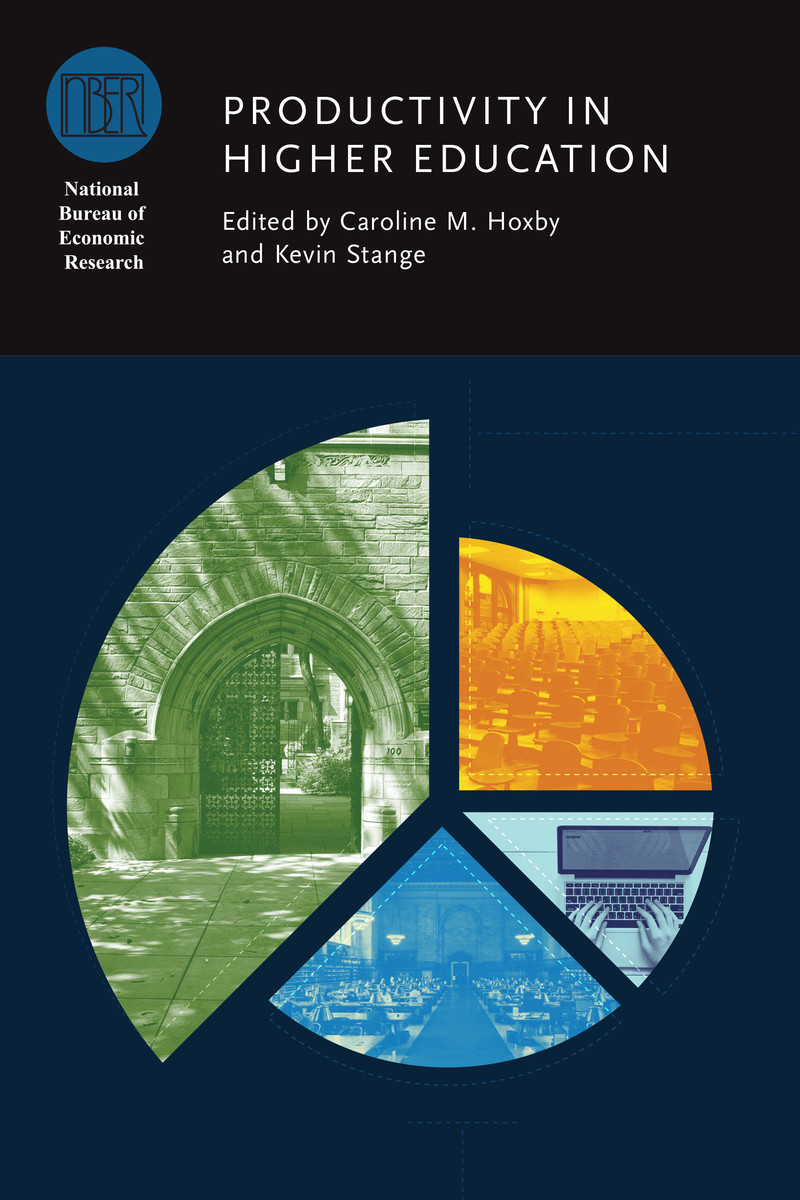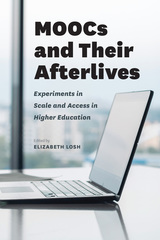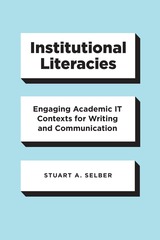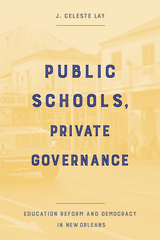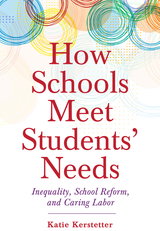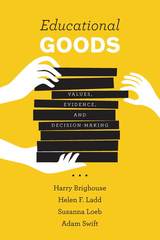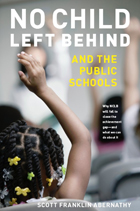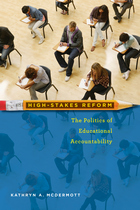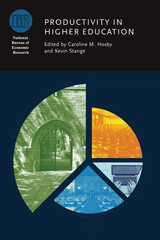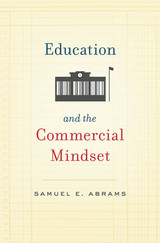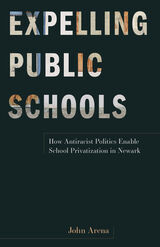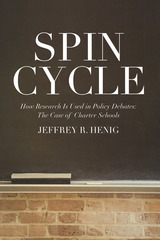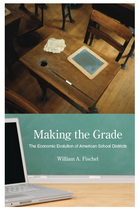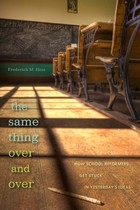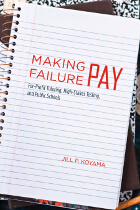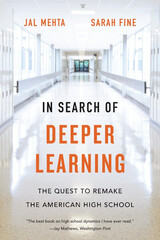Productivity in Higher Education
University of Chicago Press, 2019
Cloth: 978-0-226-57458-5 | eISBN: 978-0-226-57461-5
Library of Congress Classification LB2806.24.S73 2019
Dewey Decimal Classification 378.73
Cloth: 978-0-226-57458-5 | eISBN: 978-0-226-57461-5
Library of Congress Classification LB2806.24.S73 2019
Dewey Decimal Classification 378.73
ABOUT THIS BOOK | AUTHOR BIOGRAPHY | REVIEWS | TOC | REQUEST ACCESSIBLE FILE
ABOUT THIS BOOK
How do the benefits of higher education compare with its costs, and how does this comparison vary across individuals and institutions? These questions are fundamental to quantifying the productivity of the education sector. The studies in Productivity in Higher Education use rich and novel administrative data, modern econometric methods, and careful institutional analysis to explore productivity issues. The authors examine the returns to undergraduate education, differences in costs by major, the productivity of for-profit schools, the productivity of various types of faculty and of outcomes, the effects of online education on the higher education market, and the ways in which the productivity of different institutions responds to market forces. The analyses recognize five key challenges to assessing productivity in higher education: the potential for multiple student outcomes in terms of skills, earnings, invention, and employment; the fact that colleges and universities are “multiproduct” firms that conduct varied activities across many domains; the fact that students select which school to attend based in part on their aptitude; the difficulty of attributing outcomes to individual institutions when students attend more than one; and the possibility that some of the benefits of higher education may arise from the system as a whole rather than from a single institution. The findings and the approaches illustrated can facilitate decision-making processes in higher education.
See other books on: Costs | Education, Higher | Educational accountability | Higher Education | Productivity
See other titles from University of Chicago Press
